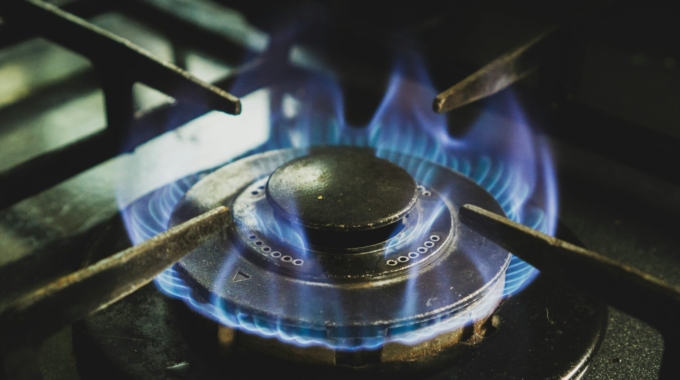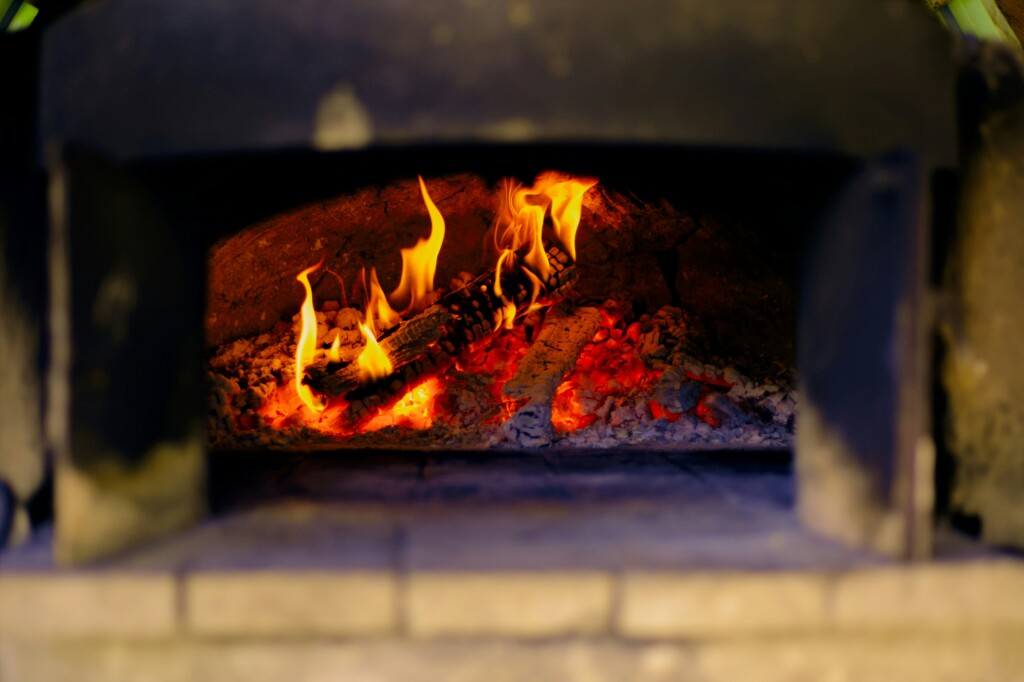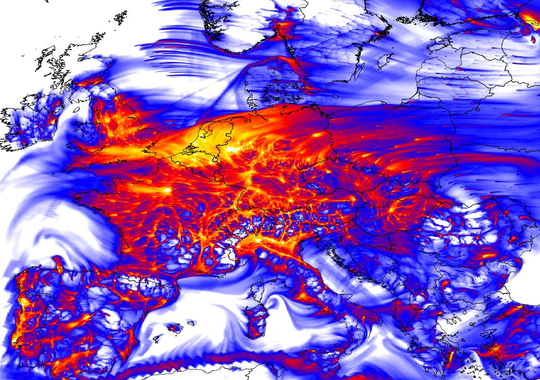
Introduction
Indoor air pollution is often overlooked in energy, health, and environmental policy, yet many homes still rely on wood burners, gas stoves, and unflued gas heaters. These appliances produce PM₂.₅ (fine particulate matter) and NO₂ (nitrogen dioxide), both of which have documented negative health impacts. In New Zealand, while the health effects of outdoor emissions have been studied and incorporated into policy, indoor combustion emissions have generally not been included in cost-benefit analyses.
This study, commissioned carried out by Emission Impossible for EECA (Energy Efficiency & Conservation Authority), fills that gap by estimating how much indoor emissions from these common household appliances cost in terms of health impacts and economic burden, both at the household level and nationally.
What the study did
- The study is a desktop / modelling exercise rather than direct field measurement.Literature review to identify reliable data on how much extra PM₂.₅ and NO₂ is generated indoors by different combustion appliances (wood burners, gas stoves, unflued heaters).
- Selected New Zealand-relevant exposure–response relationships, combined with demographic and household data, to estimate health impacts: mortality, hospitalisations, asthma, etc.
- Monetised those health impacts (both on public health/fiscal costs and broader economic costs) using 2025 NZ dollars.
- Performed sensitivity analysis to account for uncertainties in exposure and modelling assumptions.
The study is a desktop / modelling exercise rather than direct field measurement.
The reference (“counterfactual”) scenario is a home using electric cooking + heat pump heating (i.e. no indoor combustion emissions). The study focuses on three appliance types: wood burners, gas stoves, and unflued gas heaters
Key findings
Here are the major results, including cost estimates per household and the nation as a whole (converted from NZD to approximate Euro equivalent, using a rough rate of 1 NZD ≈ 0.55 EUR — actual exchange rates vary):
Household-level costs (indoor emissions only)
For each appliance, the study estimates the annual cost of indoor air pollution (PM₂.₅ + NO₂) per household:
| Appliance / scenario | Cost in NZD per household | Approximate cost in EUR | Notes |
|---|---|---|---|
| Gas stove | ~ 9,188 NZD | ~ 4,540 € | Emissions from cooking / gas combustion |
| Open fire wood burner (type 1a) | ~ 53,401 NZD | ~ 26,400 € | High-emitting scenario |
| Non-NES (older) wood burner | ~ 7,679 NZD | ~ 3,800 € | Less efficient, more polluting wood stoves |
| NES-compliant wood burner | ~ 1,823 NZD | ~ 900 € | Newer, regulated standards |
| Unflued gas heater | ~ 20,436 NZD | ~ 10,100 € | Direct indoor emissions without flue |
Thus, a household using an open fire wood burner could face an estimated health cost of ~ 53,401 NZD (≈ 26,400 €) per year just from the indoor emissions.
It’s important to note that those figures refer to the incremental health burden (i.e. how much worse the home is relative to an all-electric baseline) as estimated by the model.

National / aggregate impacts
When aggregated across the New Zealand housing stock using these appliance types, the authors estimate:
- Annual indoor air pollution costs (for those appliances): ~ 5,851 million NZD (~ 2,890 million €)
- Annual outdoor pollution costs from the same appliances: ~ 6,484 million NZD (~ 3,205 million €)
- Total combined cost (indoor + outdoor): over 12 billion NZD (≈ 5.95 billion €) per year
- In health terms:
- ~ 208 premature deaths attributable to gas stoves
- ~ 101 premature deaths from wood burner use
- ~ 57 premature deaths from unflued gas heaters
- Additional morbidity burdens: hospital admissions, restricted activity days, increased asthma prevalence
These national totals underscore that indoor combustion is not just a household issue but a societal one.
Sensitivity, uncertainty & caveats
- The cost estimates are highly sensitive to assumptions about the incremental indoor emissions (especially for gas stoves). The lower and upper bounds often range from about one-third to double the central value.
- Data gaps are especially acute for indoor NO₂ / PM₂.₅ measurements in New Zealand homes, performance variation among appliances, ventilation behavior, maintenance, and seasonal changes.
- The authors caution their estimates are likely conservative. Reasons include:
- Only certain health endpoints (those in the HAPINZ 3.0 framework) are included.
- They assume indoor and outdoor sources are largely independent, avoiding overlap.
- The modeling assumptions and uncertainties leave room for underestimation, especially in “real world” homes. - They recommend empirical measurement campaigns in NZ homes (with different burner types, ventilation setups, and usage patterns) to validate or refine the model estimates.
Interpretation & Implications for Policy / Public Use
From a blog / public awareness perspective, some key takeaways:
- Indoor combustion is an often overlooked health burden. The study puts numbers on what many assume qualitatively: gas stoves, wood burners, and unflued heaters contribute nontrivial health costs from indoor pollution.
- The costs are large enough to matter. National totals (≈ NZD 12 billion or ~ €5.95 billion) are in the same ballpark as many other environmental or healthcare burdens — meaning that excluding indoor emissions in policy analyses could seriously bias decisions.
- Household choices (and appliance standards) can shift the burden.
- Choosing electric cooking over gas, or upgrading to lower-emitting wood burners, can reduce the health costs per household.
- Tightening standards on wood burner emissions (beyond the NES baseline) may yield large public health returns.
- Encouraging maintenance, ventilation, and cleaner combustion behavior can further mitigate impacts. - Policy frameworks should internalise indoor emissions. Incentives, subsidy programs, cost–benefit analyses, and regulations should account for health costs from indoor combustion, not just outdoor emissions.
- Need for empirical validation. Because of the uncertainties, policymakers and researchers should treat these estimates as indicative rather than definitive. On-the-ground measurement campaigns in New Zealand homes would greatly improve accuracy and confidence.
Link to the full study : https://www.eeca.govt.nz/assets/EECA-Resources/Research-papers-guides/EIL-Indoor-Combustion-Study.pdf
Press release : https://www.eeca.govt.nz/about/news-and-corporate/news/indoor-air-pollution-impacts-of-household-appliances-findings-published/
Photo de KWON JUNHO and Ellienore B. sur Unsplash





